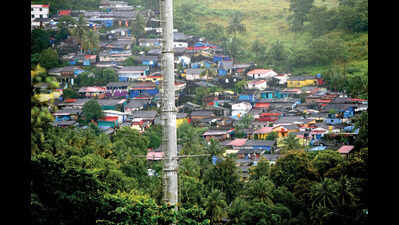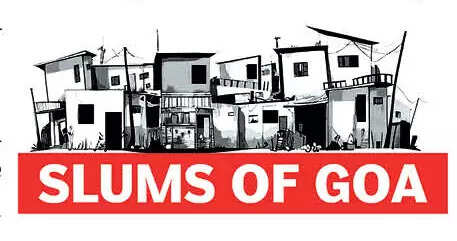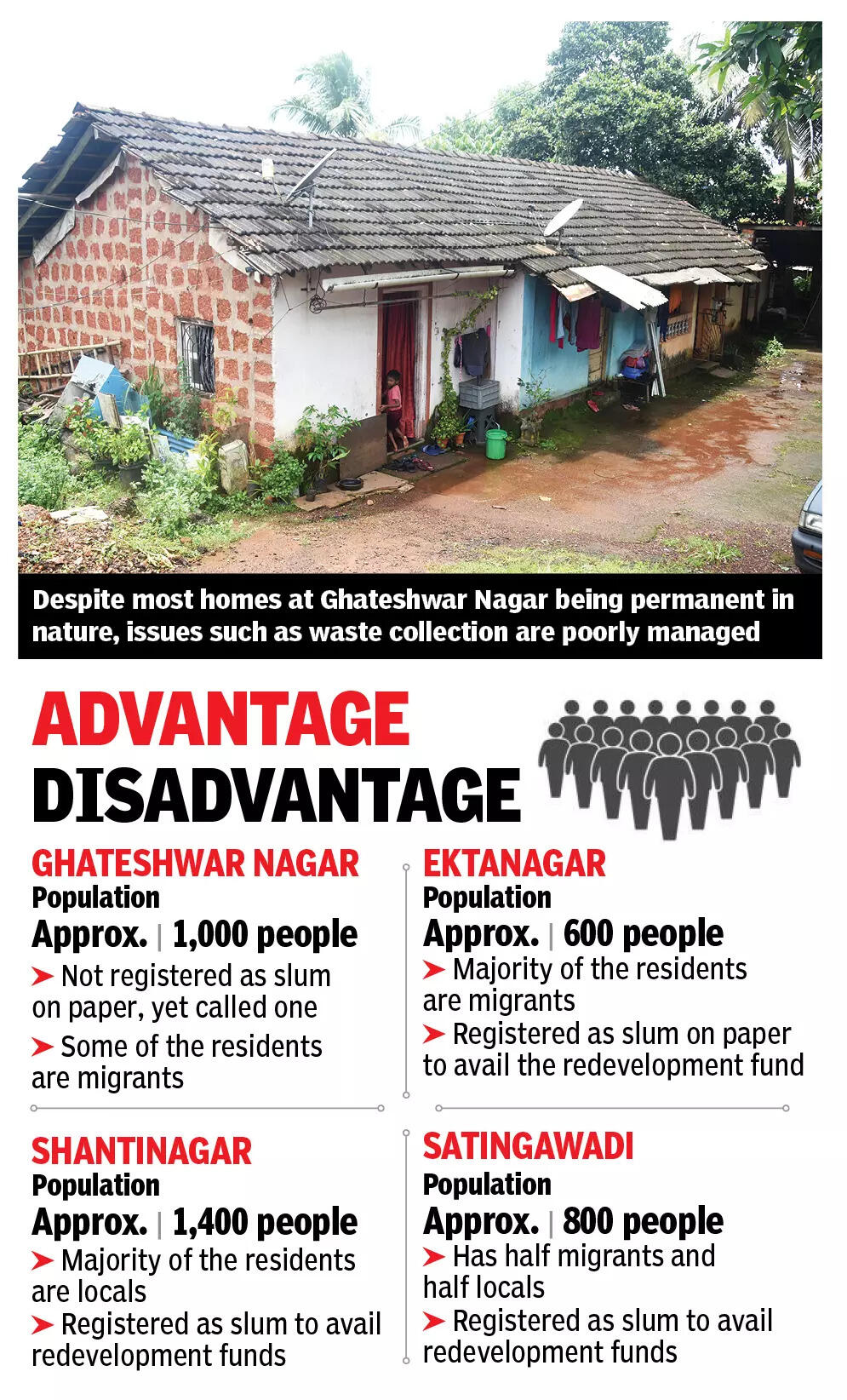ARTICLE AD BOX

Only a quarter of Ganganagar qualifies as a slum. It has been classified as a slum on paper just to avail redevelopment funds
heek-by-jowl homes betray signs of comfortable lifestyles in this crucial Mapusa ward amid poor sanitary conditions, widespread littering, and open defecation

Mapusa’s renowned weekly bazaar may draw people from all walks of life each Friday. Yet, the prominent North Goa town has an underbelly that everyone is aware of but few talk about: proliferating slums, with Ghateshwar Nagar being the largest.Over the past three decades, illegal settlements have quietly taken over the circumference of a hill at Khorlim, a ward of Mapusa that has been at the centre of a development boom. If the sprawling Ghateshwar Nagar has enveloped the northern side of the hill, Ganganagar, which lies towards the southeast, dominates the other side. Then there are other smaller but rapidly growing illegal settlements such as Shantinagar, Ektanagar and Satingawadi that were labelled as slums in the mid-90s by then MLA and former deputy chief minister Francis D’Souza so that central funds could be availed under the National Slum Development Programme.Residents, however, are of a different opinion. Those living at Ganganagar, for instance, said that just a quarter of the area can still be called a slum. “They are classified as slums only on paper, but have several houses made of concrete. It (Ganganagar) doesn’t really count as a slum,” one resident said.

Largely the result of gradual encroachment on comunidade land over the course of the last 25-odd years, Ganganagar presently has a population of 700-800, 40% of which are migrants from Karnataka, Maharashtra and Uttar Pradesh. Political observers said that together with Ghateshwar Nagar, it has historically been the electoral bastion of the former deputy chief minister and has been instrumental in him retaining clout as the local legislator for five straight terms — right from 1999 until his demise in 2019 — after which the reins were handed over to his son and incumbent Mapusa MLA, Joshua D’Souza.

Despite most homes at Ghateshwar Nagar being permanent in nature, issues such as waste collection are poorly managed
“These slums came into being between 1998 and 2006 mainly by encroaching on comunidade lands, all thanks to Francis D’Souza and his son Joshua,” said Mapusa municipal councillor, Shashank Narvekar. “The money obtained from the National Slum Redevelopment Programme could have been put to good use and could have resolved all issues. But because the slum is a significant vote bank, initiatives are not being proactively taken.
”The problems are evident. Despite the many concrete homes in these slums, garbage continues to be poorly managed. The fact that certain areas are also plagued by dengue infections says plenty about their sanitary conditions. “Extremely narrow lanes between homes make it difficult for emergency services to reach us too,” said Aarti Arolkar, a resident of Ganganagar. “Ambulances can’t come to the doorstep. Rather, patients are carried to the ambulances,” she rued.

Although the Mapusa Municipal Council (MMC) declared the entire town open defecation free (ODF) in 2013, toilets in Khorlim’s slums are few and far between. Twelve years on, many homes continue to lack inbuilt toilet facilities. “The criterion for declaring a municipal area ODF is that there should be a toilet within a 50-metre radius. But since the houses in the slums are literally cheek-by-jowl, one toilet just does not suffice,” Narvekar said.Mohsin Sheikh, a resident of Ganganagar, concurred. He said that although the hillside slum is equipped with electricity and water supply, several families have to get by without their own toilets and hence, resort to open defecation. While many from these slums said they’ve applied for temporary house numbers in a bid to improve their living conditions and have access to basic municipal services, none has been allotted yet.

Criminal activity in these slums appears to be rising as well, right from drug peddling and prostitution to knife attacks and murders. Just last year, a 22-year-old labourer from Uttar Pradesh was brutally attacked with a knife by two assailants at Ghateshwar Nagar while he was taking a walk after dinner. He sustained grievous injuries to his head, face, neck, shoulder, waist and lower back but was later declared to be out of danger after receiving medical treatment.Narvekar said the police have also conducted drug hauls in various parts of the slums, “but cases are registered secretly in such matters to ensure that word does not get out”. One life was even lost in a gang war that erupted last year between two groups at Ghateshwar Nagar due to the drug menace, he added.Development boom notwithstanding, Khorlim stands on the precipice of uncertainty with proliferating slums on one hand and the evident lack of political will to set things right on the other.




.png)
.png)
.png)
















 6 days ago
6
6 days ago
6







 English (US) ·
English (US) ·